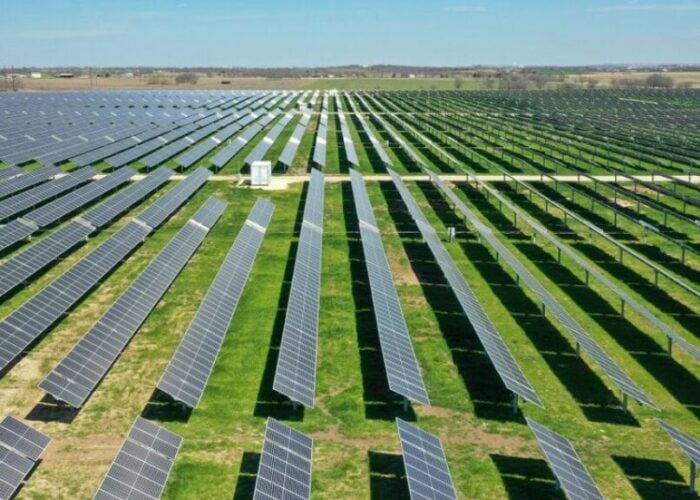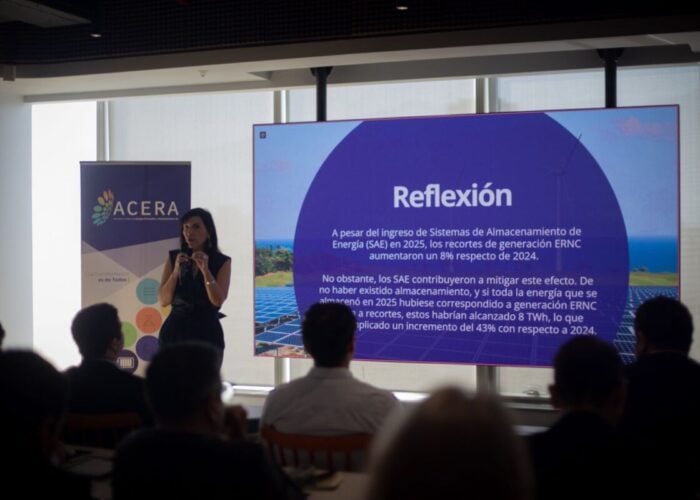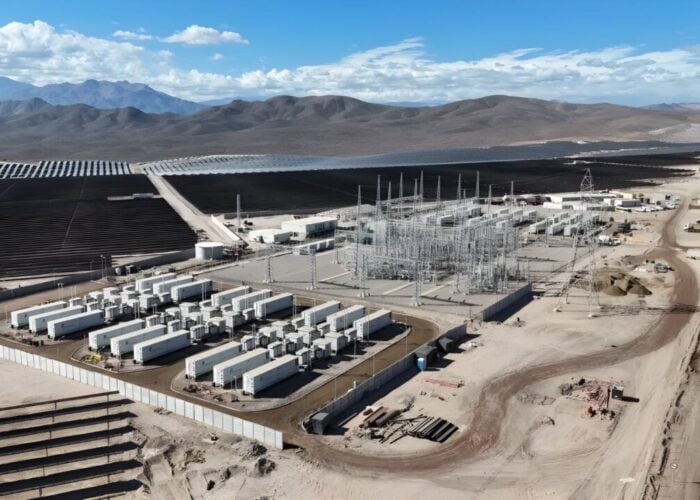IBM has introduced an advanced power and weather modeling technology that will help utilities increase the reliability of renewable energy resources. The solution combines weather prediction and analytics to accurately forecast the availability solar PV energy. The Hybrid Renewable Energy Forecasting” (HyRef) technology uses weather modeling capabilities, advanced cloud imaging technology and sky-facing cameras to track cloud movements, while sensors on the turbines monitor wind speed, temperature and direction.
Problem
Energy utilities around the world are employing a host of strategies to integrate new renewable energy resources into their operating systems in order to reach a baseline goal of a 25% renewable energy mix globally by 2025. Applying analytics and harnessing big data will allow utilities to tackle the intermittent nature of renewable energy and forecast power production from solar and wind.
Try Premium for just $1
- Full premium access for the first month at only $1
- Converts to an annual rate after 30 days unless cancelled
- Cancel anytime during the trial period
Premium Benefits
- Expert industry analysis and interviews
- Digital access to PV Tech Power journal
- Exclusive event discounts
Or get the full Premium subscription right away
Or continue reading this article for free
Solution
The Hybrid Renewable Energy Forecaster represents advancements in weather modeling technology, stemming from innovations such as ‘Deep Thunder.’ Developed by IBM, Deep Thunder provides high-resolution, micro-forecasts for weather in a region – ranging from a metropolitan area up to an entire state – with calculations as fine as every square kilometer. When coupled with business data, it can help businesses and governments tailor services, change routes and deploy equipment-to minimize the effects of major weather events by reducing costs, improving service and even saving lives.
Applications
PV power plants.
Platform
The solution combines weather prediction and analytics to accurately forecast the availability of wind power and solar energy. This will enable utilities to integrate more renewable energy into the power grid, helping to reduce carbon emissions while significantly improving clean energy output for consumers and businesses.
Availability
August 2013 onwards.






